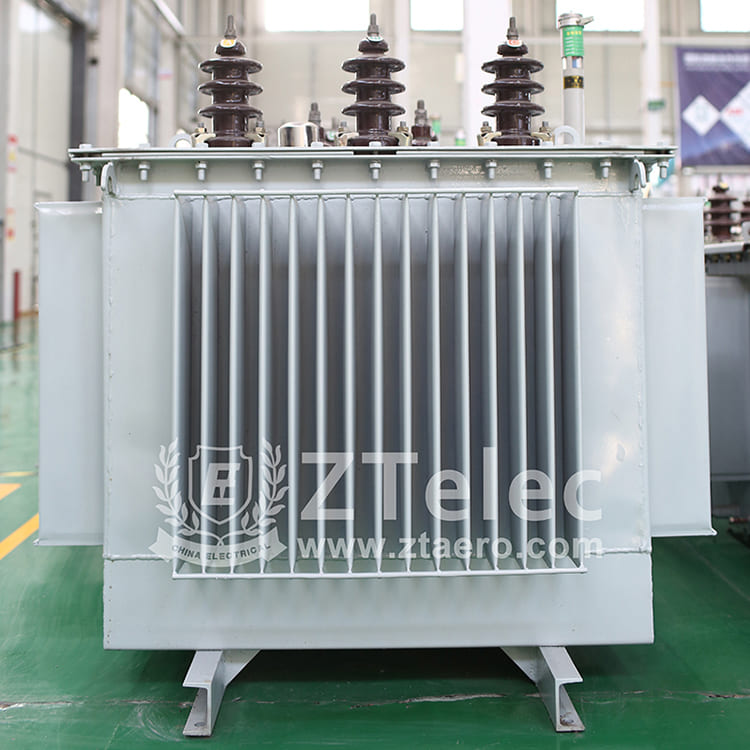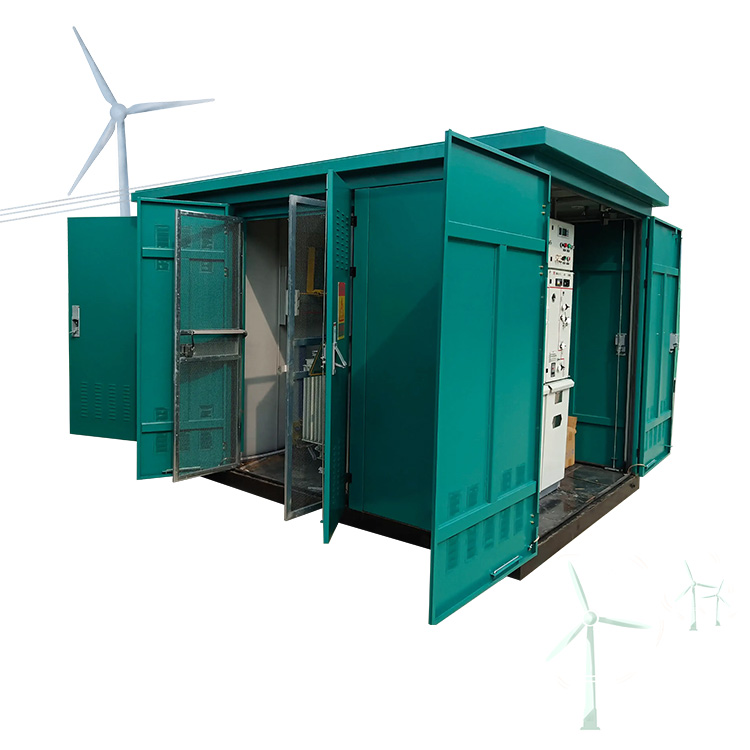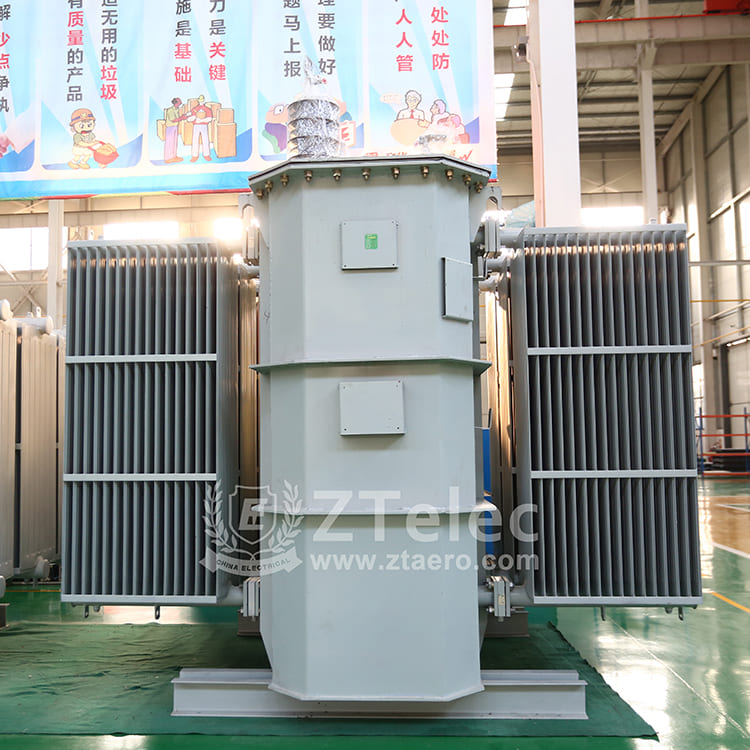1.Introduction to transformer
A transformer is an electrical device used to change AC voltage, based on the principle of electromagnetic induction. It is mainly composed of two coils (windings) and a magnetic iron core, namely the main winding and the secondary winding, which are coupled through magnetic fields.

2. Basic components:
Magnetic core: The core of the transformer is usually made of silicon steel sheets to increase the magnetic permeability and reduce iron loss. The shape of the core can be square, rectangular or ring-shaped.
Main Winding: The main winding is connected to the input power source and generates an alternating magnetic field. When current passes through the main winding, magnetic flux is generated in the iron core, forming a magnetic field.
Secondary Winding: The secondary winding is connected to the output load and generates an electromotive force inside it by inducing the magnetic field of the primary winding. This is the process of electric energy being transferred from the primary winding to the secondary winding.
working principle:
The working principle of the transformer is based on the law of electromagnetic induction, which mainly includes the following steps:
Alternating current input: AC power input to the main winding. This causes the current in the main winding to continuously change, creating an alternating magnetic field.
Magnetic field induction: The alternating magnetic field passes through the secondary winding and induces the electromotive force in the secondary winding. According to Faraday’s law of electromagnetic induction, a changing magnetic field causes an induced electromotive force.
Voltage Change: The electromotive force induced in the secondary winding causes a voltage to develop across the secondary winding. The magnitude of this voltage is proportional to the rate of change of the main winding current.
Voltage output: The voltage generated in the secondary winding can be used to supply loads such as lights, appliances, etc. The size of the output voltage is related to the size of the input voltage and the ratio of the number of turns of the winding.

3. Working steps of transformer:
The input current produces an alternating magnetic field:
A typical transformer has multiple secondary windings or coils of insulated wire wound around a laminated steel core. When voltage is applied to a coil of wire (called the primary coil), it magnetizes the iron core. A voltage is then induced in another coil, called the secondary or output coil. The change in voltage (or voltage ratio) between primary and secondary depends on the turns ratio of the two coils.
The operation of a transformer begins with the main winding (also called the primary winding). When AC power is connected to the main winding, the input current flows in the main winding, producing an alternating magnetic field.
Alternating magnetic field induction secondary winding:
Through the principle of electromagnetic induction, the alternating magnetic field in the primary winding passes through the iron core of the transformer, inducing an electromotive force in the secondary winding (also called the secondary winding). This is due to the phenomenon of induced electromotive force in the conductor caused by changes in the magnetic field.
The electromotive force causes the secondary winding current:
Due to the electromotive force induced in the secondary winding, current starts flowing in the secondary winding. The magnetic field produced by this current interacts with the magnetic field in the main winding.
Electric energy is transferred to the secondary winding:
The magnetic field generated by the current in the secondary winding interacts with the magnetic field of the primary winding to transfer electrical energy to the secondary winding. In this way, electric energy is transferred from the main winding to the secondary winding, realizing voltage conversion.
Output current supply load:
The voltage developed in the secondary winding is used to supply loads (e.g. lights, appliances, etc.). The size of the output voltage depends on the ratio of the turns of the main winding and the secondary winding. According to the transformation ratio of the transformer, the voltage can be increased or decreased.


Tags:
Enameled Wire Copper wire Aluminum wire Enamelled wire Aluminum Winding Wire Magnet wire Modified polyester Round copper wire Heat resistance Enameled aluminum wire